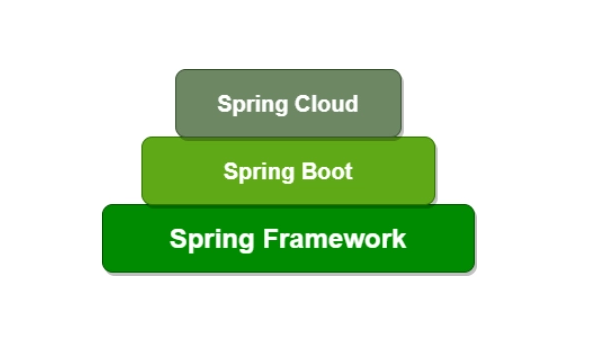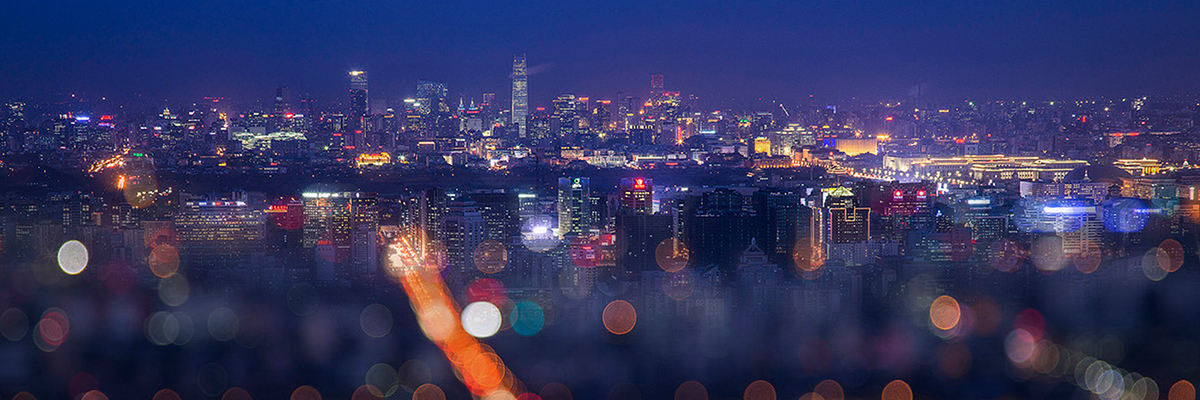以下是使用 Python 提升图片清晰度的常见方法及实现代码,涵盖传统图像处理算法和深度学习方案:
![图片[1]_使用python提升图片清晰度的常见方法_知途无界](https://zhituwujie.com/wp-content/uploads/2025/04/d2b5ca33bd20250415100459.png)
一、传统图像增强方法
1. 锐化滤波
import cv2
import numpy as np
def sharpen(img):
kernel = np.array([[0, -1, 0],
[-1, 5, -1],
[0, -1, 0]])
return cv2.filter2D(img, -1, kernel)
img = cv2.imread('blurry.jpg')
sharpened = sharpen(img)
cv2.imwrite('sharpened.jpg', sharpened)2. 非局部均值去噪
def denoise_nlm(img):
return cv2.fastNlMeansDenoisingColored(img, None, 10, 10, 7, 21)
cleaned = denoise_nlm(img)3. 超分辨率重建(EDSR 模型)
# 安装依赖:pip install opencv-contrib-python
sr = cv2.dnn_superres.DnnSuperResImpl_create()
sr.readModel('EDSR_x4.pb') # 需下载预训练模型
sr.setModel('edsr', 4) # 4倍超分
result = sr.upsample(img)二、基于深度学习的方案
1. 使用 ESRGAN
from PIL import Image
import torch
from basicsr.archs.rrdbnet_arch import RRDBNet
model = RRDBNet(num_in_ch=3, num_out_ch=3)
model.load_state_dict(torch.load('ESRGAN.pth'))
input_img = Image.open('input.jpg').convert('RGB')
output = model(input_img) # 需配置预处理2. 实用工具库 Real-ESRGAN
# 安装
pip install realesrgan
# 使用
from realesrgan import RealESRGANer
upsampler = RealESRGANer(scale=4, model_path='RealESRGAN_x4plus.pth')
output, _ = upsampler.enhance(img)三、频域增强方法
小波变换增强
import pywt
def wavelet_enhance(img):
# RGB转YCrCb
ycrcb = cv2.cvtColor(img, cv2.COLOR_BGR2YCrCb)
y = ycrcb[:,:,0]
# 小波分解
coeffs = pywt.dwt2(y, 'haar')
cA, (cH, cV, cD) = coeffs
# 高频增强
cH *= 1.5
cV *= 1.5
cD *= 1.2
# 重构
coeffs = cA, (cH, cV, cD)
y_enhanced = pywt.idwt2(coeffs, 'haar')
# 合并通道
ycrcb[:,:,0] = np.clip(y_enhanced, 0, 255)
return cv2.cvtColor(ycrcb, cv2.COLOR_YCrCb2BGR)四、完整处理流程示例
def full_enhance_pipeline(img_path):
# 读取
img = cv2.imread(img_path)
# 1. 去噪
img = cv2.fastNlMeansDenoisingColored(img, None, 5, 5, 3, 9)
# 2. 锐化
kernel = np.array([[-1,-1,-1],
[-1,9,-1],
[-1,-1,-1]])
img = cv2.filter2D(img, -1, kernel)
# 3. 超分辨率 (需提前下载模型)
sr = cv2.dnn_superres.DnnSuperResImpl_create()
sr.readModel('FSRCNN_x4.pb')
sr.setModel('fsrcnn', 4)
img = sr.upsample(img)
# 4. 对比度增强
lab = cv2.cvtColor(img, cv2.COLOR_BGR2LAB)
l, a, b = cv2.split(lab)
clahe = cv2.createCLAHE(clipLimit=3.0, tileGridSize=(8,8))
l = clahe.apply(l)
img = cv2.merge((l,a,b))
img = cv2.cvtColor(img, cv2.COLOR_LAB2BGR)
return img五、方法对比与选型建议
| 方法 | 优势 | 局限性 | 适用场景 |
|---|---|---|---|
| 传统锐化 | 计算快,实时性好 | 可能放大噪声 | 轻度模糊,实时处理 |
| 频域增强 | 保留边缘细节 | 参数调节复杂 | 纹理丰富的图像 |
| ESRGAN | 重建效果最佳 | 需要GPU,速度慢 | 严重退化图像 |
| Real-ESRGAN | 平衡速度与质量 | 模型体积大(>100MB) | 通用场景 |
| 超分辨率模型 | 分辨率提升明显 | 需要匹配的预训练模型 | 低分辨率图像放大 |
六、实用技巧
- 预处理很重要:先进行去噪再增强
- 参数调优:根据图像类型调整锐化强度
- 混合策略:传统方法+深度学习组合使用
- 硬件加速:对于4K以上图像建议使用GPU
所有代码需要安装OpenCV、PyTorch等库,深度学习模型需提前下载预训练权重。建议从轻度处理开始尝试,逐步增加处理强度以避免引入伪影。
© 版权声明
文中内容均来源于公开资料,受限于信息的时效性和复杂性,可能存在误差或遗漏。我们已尽力确保内容的准确性,但对于因信息变更或错误导致的任何后果,本站不承担任何责任。如需引用本文内容,请注明出处并尊重原作者的版权。
THE END

























暂无评论内容